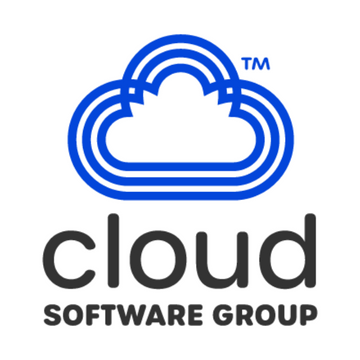Organizations running VDI must always keep front of mind multiple moving parts including many backend systems, dependencies on different services, coordination with multiple teams, and multi-fold expectations from stakeholders. Managing these elements can take away from the primary goal of organizations to create seamless and high-performance hybrid-work environments. How can we make our businesses as productive and efficient as possible? A purpose-built, DaaS architecture that fits the needs of business and technology could be the answer.
Citrix partner Wipro’s VDI service delivery platform virtuadeskTM supports around 1 million productive VDI users across the globe in different industries. Praveen Kumar Daduy, who leads Wipro’s R&D and architecture of the VDI practice, and I had an exploratory discussion on how Wipro successfully delivers future-ready solutions to help organizations build a DaaS-driven strategic technology platform. Here are key highlights from our discussion on how organizations can consider the right fit architecture for diverse requirements.
A Well-Defined Assessment of Requirements
It is crucial that you gather clear requirements from all teams involved because gaps in the early stages often result in a misaligned architecture, which can lead to adoption issues in the environment.
Your assessment objectives should focus on the following areas:
- Users: Geographical distribution of users, preferences of users, network conditions, roaming or static, desktop customization requirements, admin permissions and app installation rights, power user or standard user.
- Application landscape: Application owners, dependencies, hosting and architecture, app classification based on business units and departments.
- Endpoint types: Support of different form factors (mobile, laptop, kiosks, desktop, and others) and requirements for different operating system (Windows, MacOS, iOS, Android, Linux, Chrome OS, and others).
- Printer and other peripheral requirements: Nature of printing needs, list of peripherals needed in VDI, accessibility specific hardware, industry-specific hardware, and more.
- High availability and disaster recovery requirements: Business requirements to remain online in case of disaster, number of users who are part of the disaster management plan, relation of VDI disaster recovery with business continuity planning.
- Security: Everything from remote access security to industry compliance security requirements such as PCI, HIPPA, HITECH, Common Criteria, FIPS, and more.
- Expectations: Business drivers from stakeholders and technology drivers from end-user IT teams.
The question then turns to how to gather this data most efficiently. There are multiple methods available, from reviewing previous designs, interviewing stakeholders, and data collection through surveys and reporting tools. Usually, there isn’t one single method that fits the requirements, and a combination of them tend to work best.
Diligent Analysis for Meaningful Insights
Once this data is collected, it should be analyzed and correlated for meaningful insights that organizations can use to drive technology and business decisions that not only help in meeting current requirements but also enable the platform to sustain rapid future change in business dynamics and technology innovations.
These insights could include business cases for transformation and technical viability with user personas, application readiness, cloud/infrastructure strategy, end-user/workspace services initiatives, and alignment with CISO compliance.
Realizable Transformation Strategy
Insights from the data analysis will also help define an optimized strategy for end-user experiences and help organizations meet the expectations of their IT, security, and business stakeholders. Deliver recommendations outlining the short- and long-term plans to all stakeholders with a clear execution plan.
A Mature, Flexible Technology
Requirements and technology are like the two pieces of bread in a sandwich. You need both or the whole thing falls apart. The right technology to support an organization’s requirements is essential to implementing a DaaS environment. Wipro has worked with Citrix to help numerous customers implement their DaaS environments. Some key areas where we’ve leveraged our technology and expertise to help include:
- Work from anywhere (office, home, remote, and hybrid)
- Hosting (on premises, hybrid, and multi-cloud)
- Applications type (legacy, client-server-based apps, web apps or SaaS apps)
- Optimal VDI types (pooled, dedicated, multisession) and application delivery models
- Choice of identity provider (AAD, AD, Okta, Ping Identity, etc.)
- Endpoint devices and platforms (managed or unmanaged devices with Windows, Mac, Linux, and others)
- Policy driven and granular control security and performance
If you’re providing technology in which your end users spend most of their time, it’s crucial that the platform meet user requirements and improve their experience.
Are you ready to consider this change for your business? Reach out to us to understand how your organization can build a successful DaaS environment. And learn how future-proof desktop virtualization from Citrix and Wipro can empower resilient enterprises and help organizations create the space for their employees to succeed.



